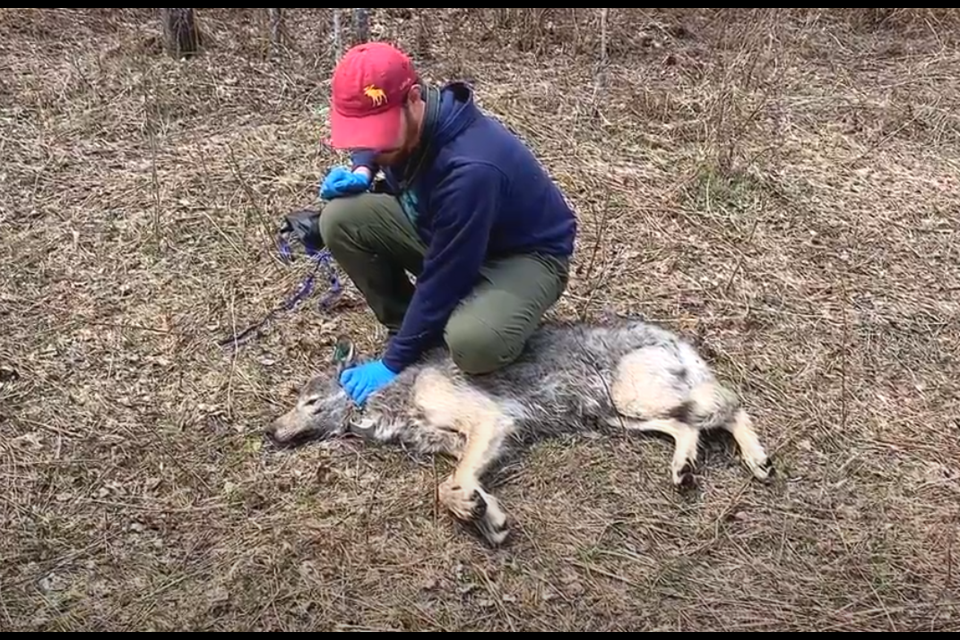VOYAGEURS NATIONAL PARK, Minnesota — When a team of researchers attached a camera collar to a wolf in northern Minnesota, they hoped they would get a look at the world from a wolf's perspective for the first time.
They accomplished that overall goal, but also learned something they're calling "particularly fascinating" – even lone wolves can figure out how to catch fish.
Up to this point, the study team had only documented wolves from a single pack hunting and killing fish in a creek.
But a camera attached to subject wolf VO89 in May 2020 captured him successfully landing his own version of a shore lunch on three separate occasions.
To extend battery life, the camera only took video for 30 seconds at a time at the beginning of every hour of daylight.
Project leader Thomas Gable of the University of Minnesota said that, based on the fact VO89 spent more than a week around the same spot, it's clear he actually killed more than three fish.
"This revelation provides insight into how unique predation behaviours start, are learned, and persist in wolf populations," Gable said.
He told TBNewswatch the team members were "ecstatic" when they first saw the images showing a wolf that was living without a pack catching white suckers in the Ash River, south of Rainy Lake.
Wolves typically hunt in packs, but he said the experiment proved they can can also develop successful hunting strategies independently.
Gable said being able to demonstrate something like this is immensely useful to the Voyageurs Wolf Project.
The group has previously used GPS collars on wolves to gather information that serves as indicators of their behaviour, he said, but the video provides direct evidence to support the soundness of their research.
The cameras are recoverable because the collar has a mechanism that drops them from the wolf's neck after a specified period.
Two more wolves will be collared later this spring.
However, the project will be tweaked as a result of lessons learned from the initial trial conducted with VO89 and another wolf.
Gable said after trapping and sedating the animals, the team will trim the guard hairs around their necks to improve the field of view.
The cameras will also be adjusted to record video more frequently, but over a shorter period of time.
The Voyageurs Wolf Project is a collaboration between the University of Minnesota and Voyageurs National Park, with substantial funding provided by the Minnesota Environment and Natural Resources Trust Fund.
